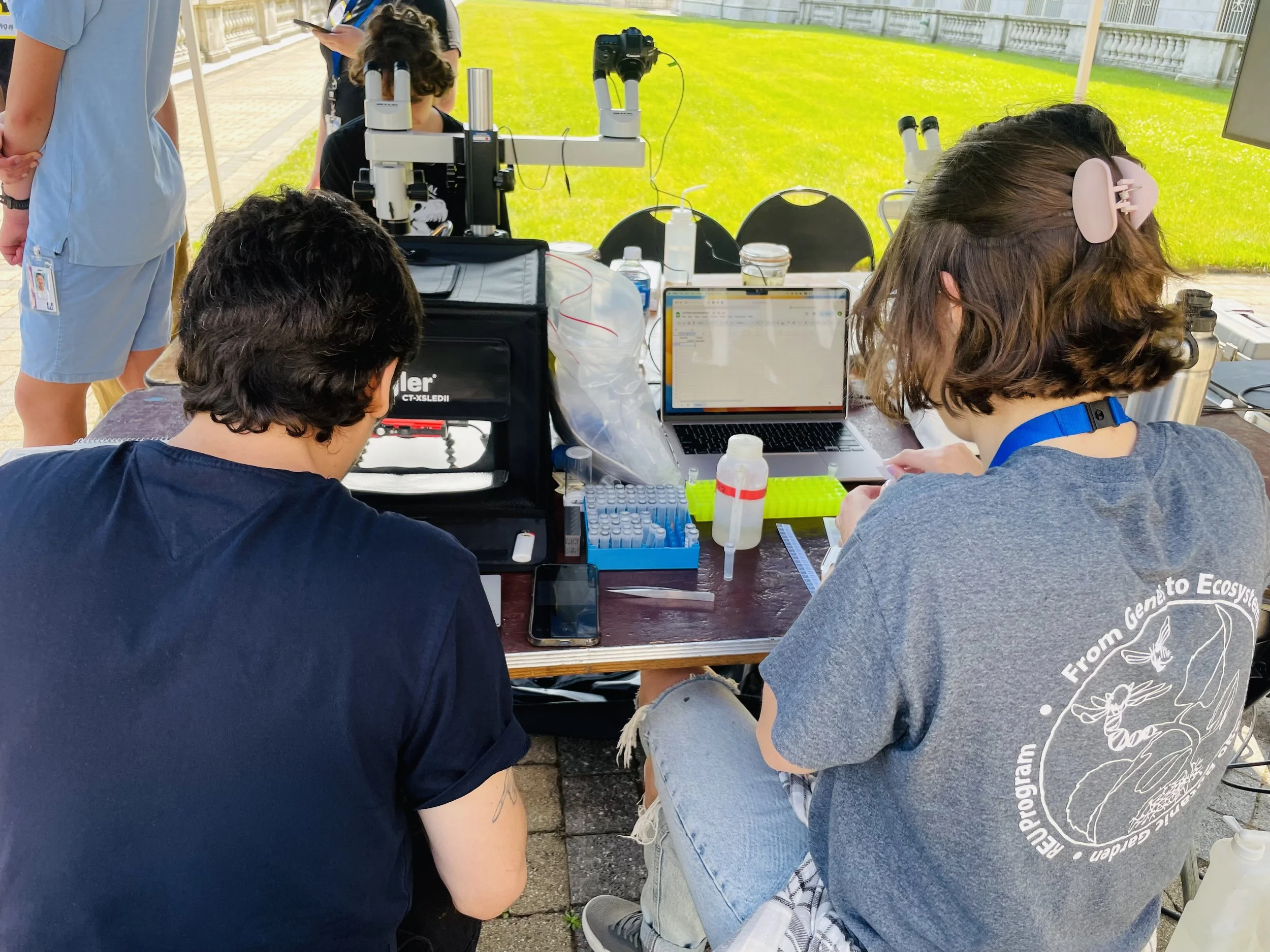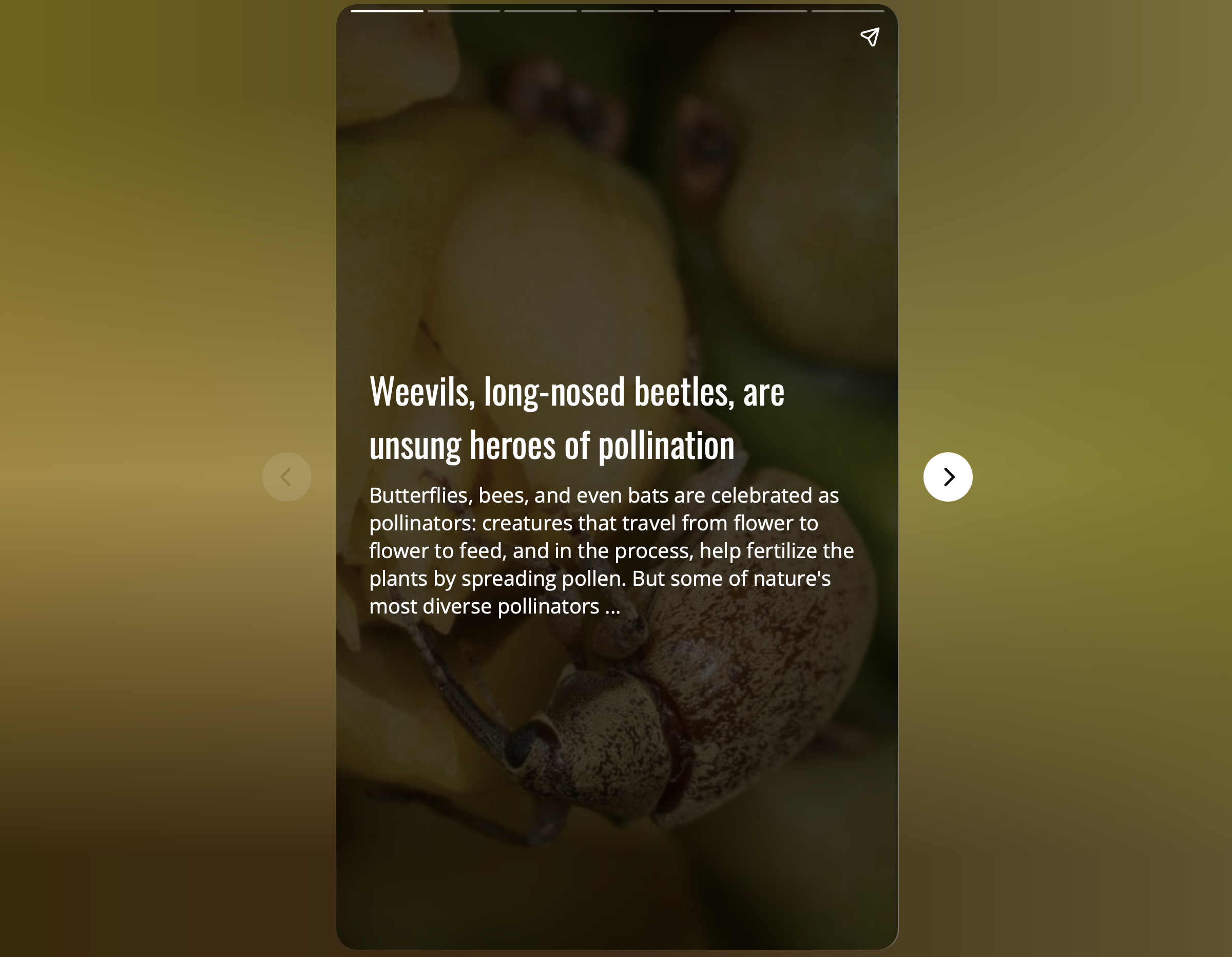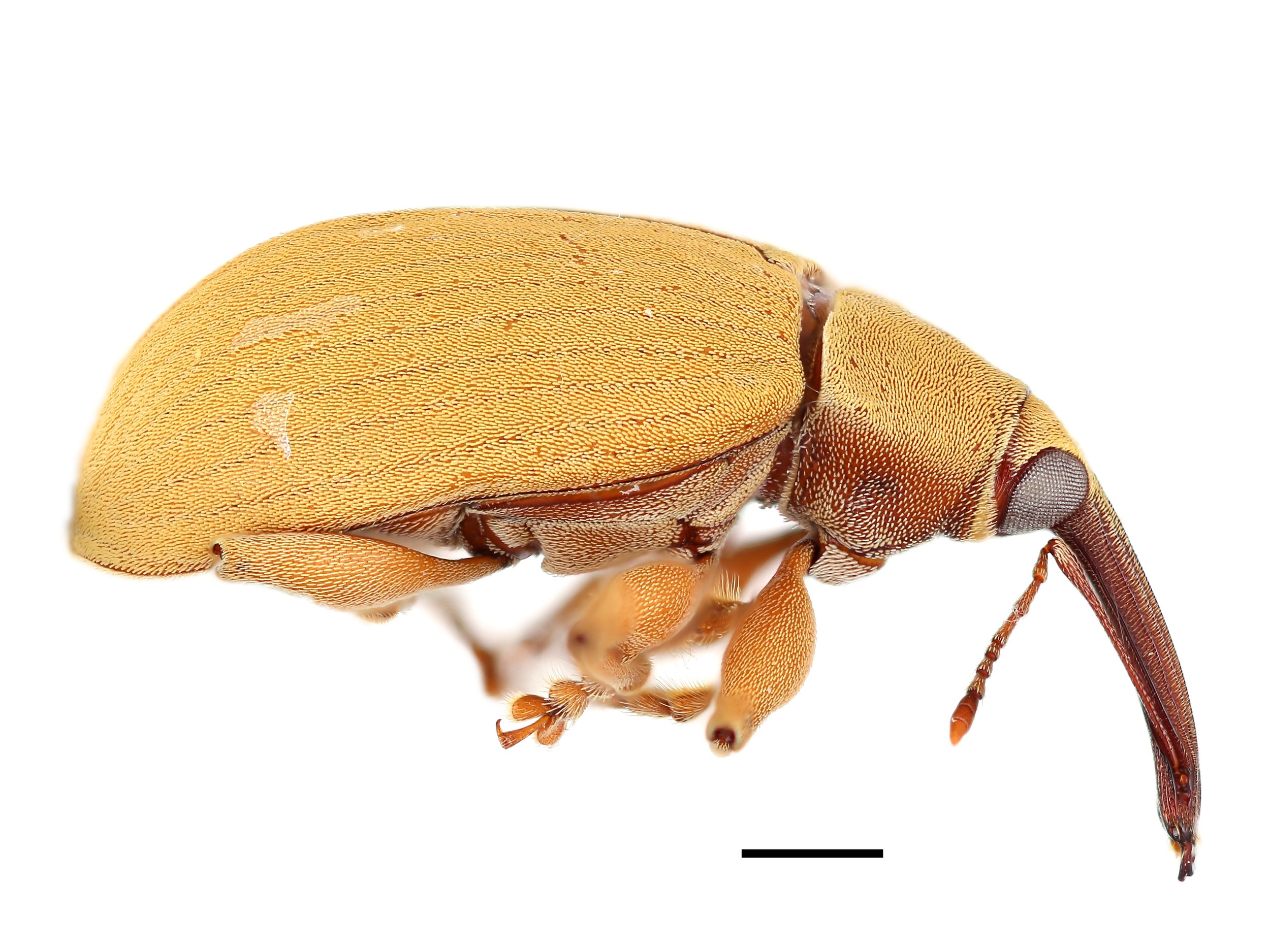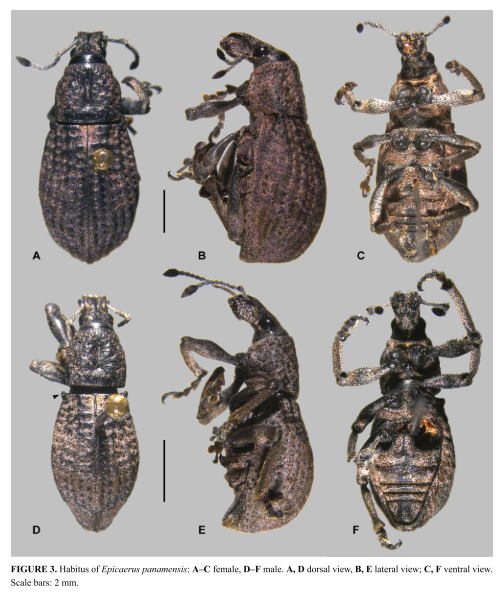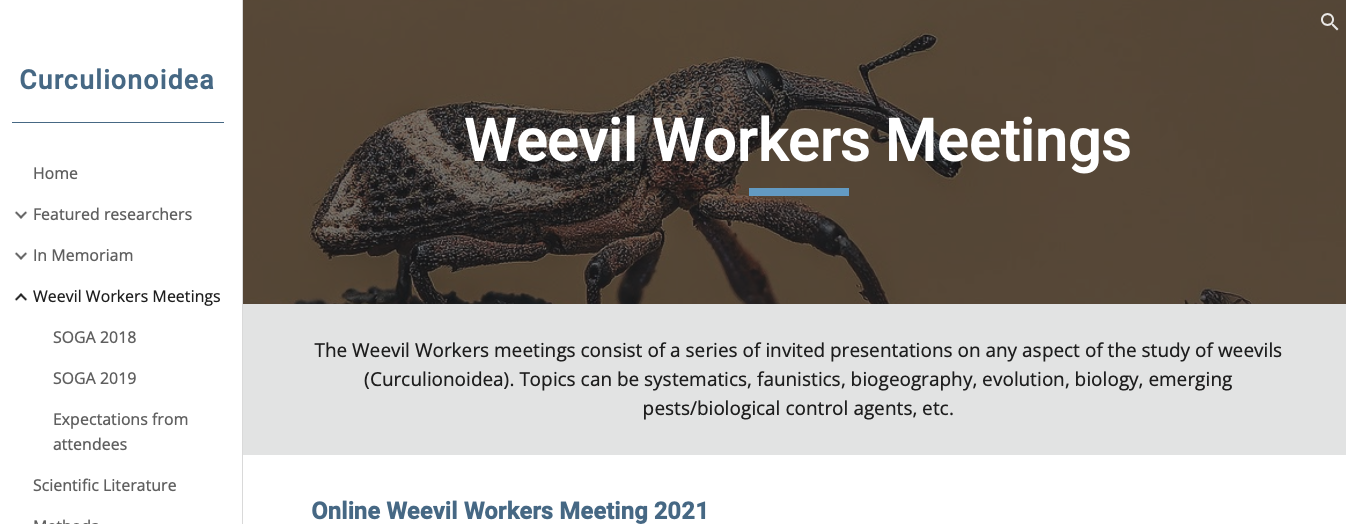de Medeiros Insect Flower Visitors Lab
Field Museum
What is an “Insect Flower Visitor”?
Insects are incredibly diverse not only in number of species, but also in morphology, behavior, development. A large part of this diversity regularly visits flowers to feed themselves, to find food for their larvae, or to find places to mate and lay eggs. In some cases they help plants with pollination, in some cases they are harmful, and very often they are both!
In our lab, we study this incredible insect diversity, how their interactions with plants transition from antagonistic to beneficial through evolutionary time, and how this affects the evolution of both plants and insects.
Evolution of flower visitors
Some flower visitors are pollinators, some are antagonists, some are both. Natural history studies and genomics enable comparative work to understand the consequences of these interactions
Genomics
How are genomes of insects and their relatives organized? What are the implications for their evolution?
Weevils
There are more species of weevils than all vertebrates combined. How did this happen? What are their roles as herbivores and flower visitor?
Morphological evolution
Insects are incredibly diverse in all of their life stages. We can leverage this to study morphological evolution and their drivers at a scale not possible in other animals.


